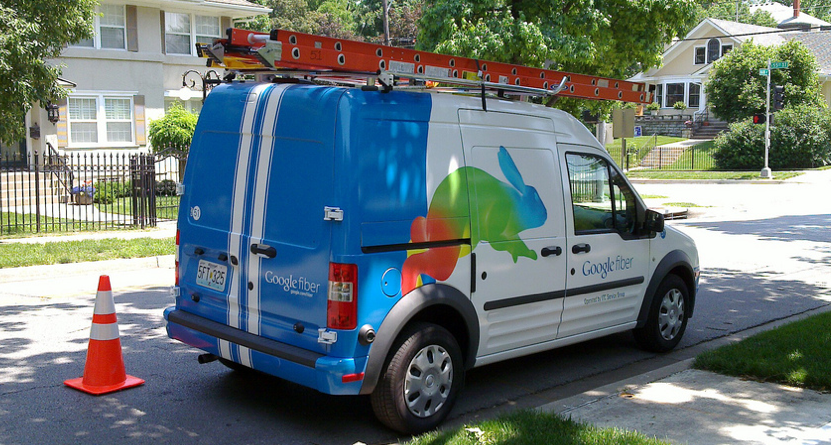Why New Fiber Networks Are Required To Shatter Monopolies Of Comcast & Other ISPs
In a really good piece for the Washington Post, Timothy Lee demonstrates how he believes Comcast is reining in access to faster Internet download speeds in order to cash in on customers with few other options.
He points out that while Comcast has increased the speed of its most popular broadband offering, the “Performance” tier, from 3Mbps to 20Mbps over the last 10 years, the company is now able to deliver speeds of up to 105Mbps without the customer having to upgrade her in-home equipment. But in order to reach that level of speed, you would need to pay around $115 per month, more than double what most people pay for the Performance tier.
Lee explains:
Comcast is engaging in what economists call price discrimination. Different customers are willing to pay dramatically different amounts for broadband connectivity. So offering different tiers of service, with dramatically different speeds, helps to maximize Comcast’s profits.
Comcast knows the majority of its customers are not going to pay much more than $50 per month for broadband service no matter how fast it is. So upgrading its Performance tier wouldn’t earn Comcast much more revenue than it’s already getting. At the same time, keeping the Performance tier at a pokey 20 Mbps makes Comcast’s higher tiers more attractive in comparison.
Comcast — and they’re not the only ones who do this, by far — would not be able to do this (or would have a more difficult time doing it) if it had any competition whatsoever in the markets it serves. For comparison’s sake, Lee points to the wireless industry, where smartphone manufacturers and network operators are continually trying to outperform each other, introducing innovations at a heretofore unseen rate. And that is in an industry dominated by four providers and a handful of manufacturers.
Cable companies like Comcast might have competition for TV service from the likes of DirecTV and Dish, most satellite TV subscribers are still using their local cable or phone company for Internet service, and very few phone companies offer Internet service that competes with even the slowest tier from a cable company.
“In other words, Comcast’s strategy only works because Comcast faces limited competition in many markets,” writes Lee. “If Comcast had more competitors, they would pressure Comcast to cut the price of its highest speed tiers and raise the speed of its cheapest offerings.”
Verizon has made some inroads in cable-dominated regions, offering FiOS, which competes with the cable companies for both TV and ISP customers. I’m still hoping that FiOS continues to grow (and that other companies follow suit), but I question Verizon’s commitment to building out that network in the wake of a recent deal that formed marketing partnerships between Verizon Wireless and various cable providers. Why would the company invest more money in building out the network and then try to lure in customers when it can make money selling its existing wireless service to established cable customers?
There is some hope on the horizon, with Google Fiber — which has only been charging $70/month for gigabit Internet service — moving beyond its initial testing in Kansas City and into Provo, Utah. The company also wants to lay fiber in Austin, which would make for an interesting showdown with AT&T, which has announced plans for its own fiber network in the Texas city.
But it doesn’t require the investment of a national company to provide a fiber network. Some cities and towns, like Chattanooga, TN, have gone ahead and built out their own fiber networks. In fact, this recent survey found that the fastest average download speeds in the nation are in tiny Ephrata, WA, where the 7,600 residents have access to a high-speed fiber network.
With traditional TV viewing becoming less popular while services like Netflix, Google Play, Hulu Plus and others grow in popularity, you will begin to see consumers willing to jump ship to any fiber provider who can offer dependable, fast downloads at a reasonable price. But this requires the construction of networks, which requires that municipal leaders are on board (and not in the cable companies’ pockets).
So if you want fiber for your town or city, tell your local community leaders. Demand competition and the chance to decide for yourself which company you give your money to each month.
Want more consumer news? Visit our parent organization, Consumer Reports, for the latest on scams, recalls, and other consumer issues.


